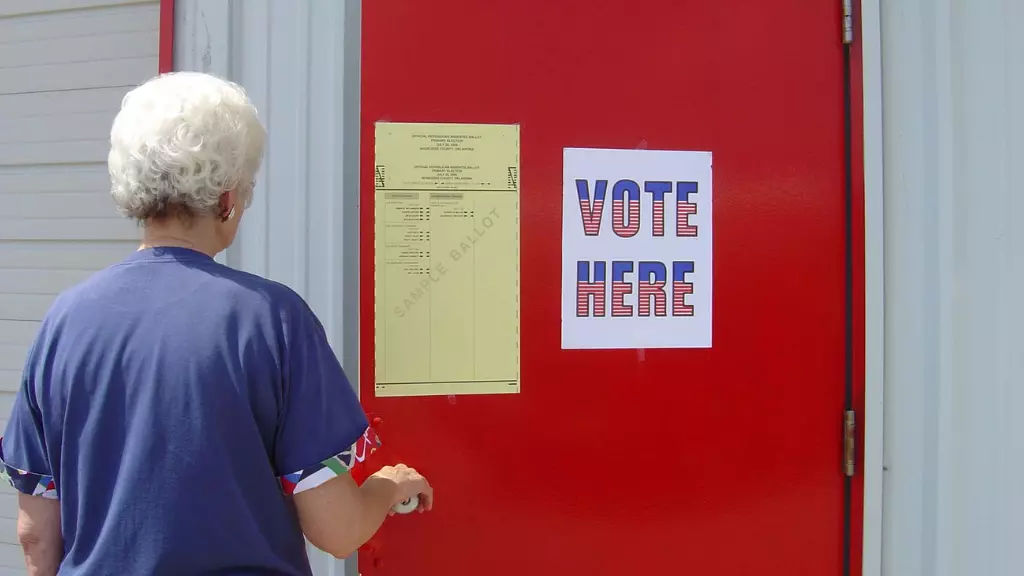
Elections have always had a significant impact on the stock market, as investors contemplate how elected officials’ policies will influence the economy. The Ohio election results, like any other election, are not only consequential for the state but also have implications for the financial markets.
In this article, we will explore the historical impact of elections on the stock market in stocks like “muln stocktwits, amc share price, cvna stock, crox stock, sdc stock, lumn stock, unp stock,net stock,” and understand how to analyze the specific implications of Ohio’s election results, and provide tips for investors during election season.
The Historical Influence of Elections Outcomes on Stock Market Performance
To understand the potential impact of the Ohio election results on financial markets, it is essential to examine the historical patterns and trends of how elections have influenced the stock market in the past. Presidential elections occur every four years and can significantly shift the direction of the country’s policies. As a result, they often introduce uncertainty into the market, leading to lower returns in the year leading up to the election. However, the 12 months following an election tend to show stronger market performance, regardless of which party is in office. According to analysts at U.S. Bank, the stock market’s performance is typically more subdued in the year preceding a presidential election. On average, equities gained less than 6% during this period, compared to over 8% during non-election years. Similarly, bonds tend to deliver lower returns, averaging around 6.5% compared to their usual 7.5% returns.The first year after a presidential election often sees lower stock market returns, averaging 5% when a new party is elected to the presidency.

In contrast, returns are slightly higher, averaging 6.5%, when the same president is re-elected or the party retains the presidency. To illustrate the historical impact of presidential elections, the following chart shows the performance of the S&P 500 Index in the 12 months before and after every presidential election since 1964:
Presidential Election Chart
Midterm Elections
These elections can shift control of Congress and shape legislative agendas. Analyzing market data from the past 60 years and 15 midterm elections, analysts have identified patterns that affect the stock market. In general, the stock market tends to underperform during the 12 months leading up to midterm elections, with an average return of -1.1% compared to the 8.1% average for all years. However, the 12 months following midterm elections often witness a significant rebound, with an average return of 16.0%.

These historical patterns indicate that midterm elections can have a more immediate impact on market performance, leading to a quicker recovery and higher-than-usual returns.
Ohio Election Results and Financial Market Implications
The Ohio election results can have implications not only for the state but also for the broader financial markets. Understanding the specific outcomes and their potential consequences is crucial for investors.

One of the key areas to analyze is the Fairview Park Ohio election results. This local election can provide insights into the sentiment and preferences of voters in the region. By examining the outcome of this election, investors can gauge the potential impact on local businesses and industries.
Hardin County Ohio Election Results
Another significant aspect of the Ohio election results is the Hardin County Ohio election results. This county’s outcomes can provide valuable insights into the political landscape and preferences of voters in a more rural setting. Understanding the sentiments of voters in Hardin County can help investors assess potential implications for industries such as agriculture and manufacturing. While local election results may not directly impact the broader financial markets as presidential or statewide elections do, they still offer valuable insights into voter sentiment. These sentiments can indirectly influence the market through changes in policies, regulations, and investor confidence.

The Ohio election results can also provide an indication of broader political trends, which may influence investor sentiment and market expectations. Investors should pay attention to key policy issues and potential changes in regulations that may arise from the election results.
- Tips for Investors During Election Season

As elections approach, it is natural for investors to be concerned about how the market will be affected. However, it is essential to remember that historical patterns do not guarantee future performance. Nevertheless, here are some tips for investors to navigate election season:
- Diversify Your Portfolio

Maintaining a well-diversified portfolio is always important, but it becomes crucial during periods of market volatility and uncertainty. By diversifying your investments across different asset classes and industries, you can mitigate risk and protect your portfolio from the potential impact of election outcomes.
- Dollar-Cost Averaging

Implementing a dollar-cost averaging strategy can help investors navigate market volatility during election season. By investing a fixed amount of cash at regular intervals, investors can lower their average investment costs and potentially maximize their returns over time. This strategy helps smooth out the impact of short-term market fluctuations.
- Focus on Long-Term Investments

During election season, it is easy to get caught up in short-term market movements and make impulsive investment decisions. However, it is important to focus on your long-term investment goals and resist the temptation to react to short-term market volatility. Remember that elections are only one factor among many that influence the market, and long-term fundamentals tend to drive investment performance.
- Take Advantage of Higher Interest Rates

If interest rates are high, consider setting aside cash for emergencies in a high-yield savings account or cash management account. This allows you to earn a higher return on your emergency fund while keeping it easily accessible. By taking advantage of higher interest rates, you can make your cash work harder for you during uncertain times.
- Consult with a Financial Advisor

If you are concerned about the impact of elections on your portfolio or need guidance on asset allocation, it may be beneficial to consult with a financial advisor. They can review your portfolio, assess your risk tolerance, and provide personalized advice based on your financial goals and circumstances.
Conclusion
Elections, including the Ohio election results, can have a significant impact on the financial markets. By understanding historical patterns, analyzing specific election outcomes, and following investment tips, investors can navigate election season with confidence. While elections introduce uncertainty, it is important to stay focused on long-term goals and maintain a well-diversified portfolio to weather potential market volatility.

By staying informed and making informed investment decisions, investors can position themselves for success regardless of election outcomes. Also read about the Grow your business with youtube ads and be a highlight of your niche.


Pingback: Getresponse affiliate program: learn how to generate passive income as an affiliate get response - Forex Optcom